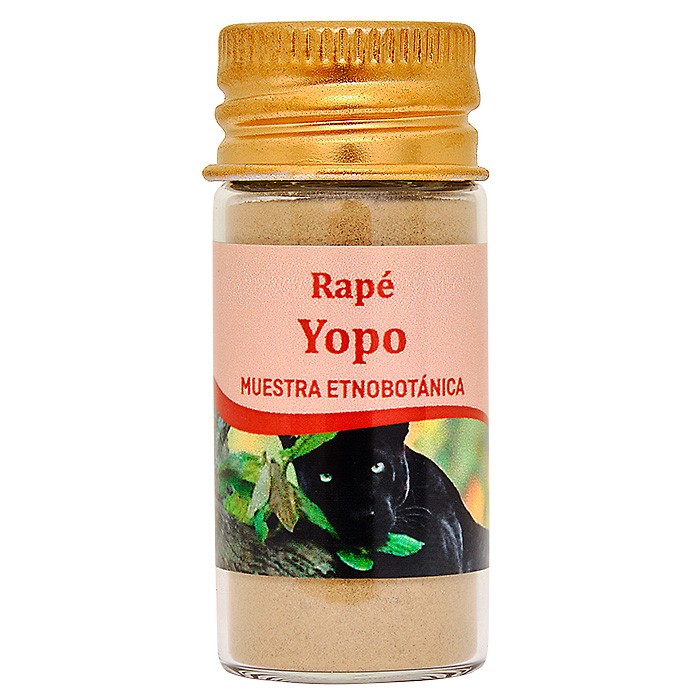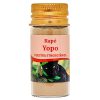Rapé Yopo
24,00€
The Rapé de Yopo contains ashes from Parica, Mapacho Sabia and Mapacho Arapiraca. It has Yopo cebil seeds (Anadenanthera Colubrina) added to the mix.
Yopo seeds are used by various tribes as an ingredient in their yopo mixtures. Several tribes in Colombia and Venezuela use Yopo seeds in their ceremonies and rituals.
The Piaroa indigenous use them in the making of rapé. It is also used in Paraguay and among the Mataco indigenous people of northern Argentina.


